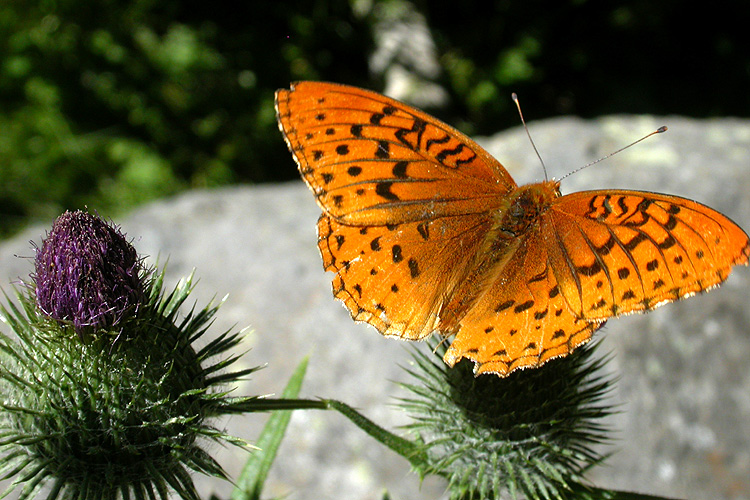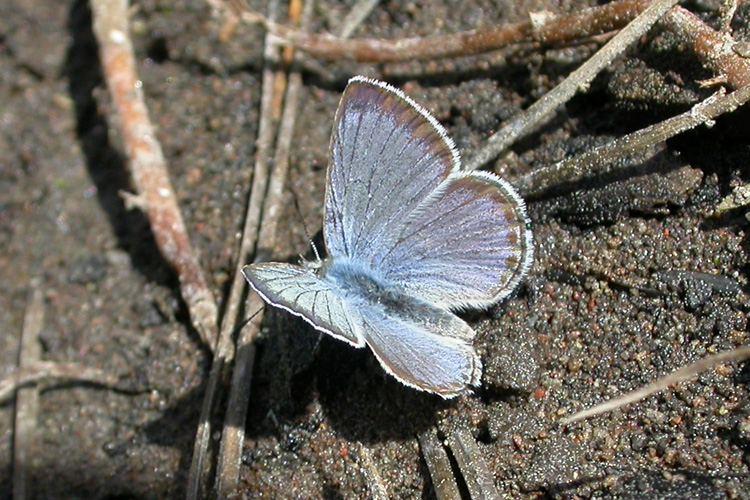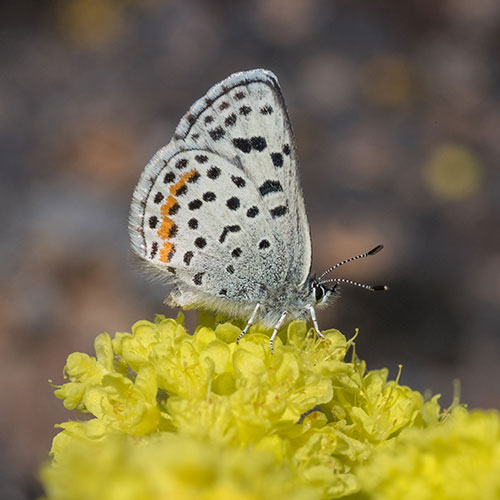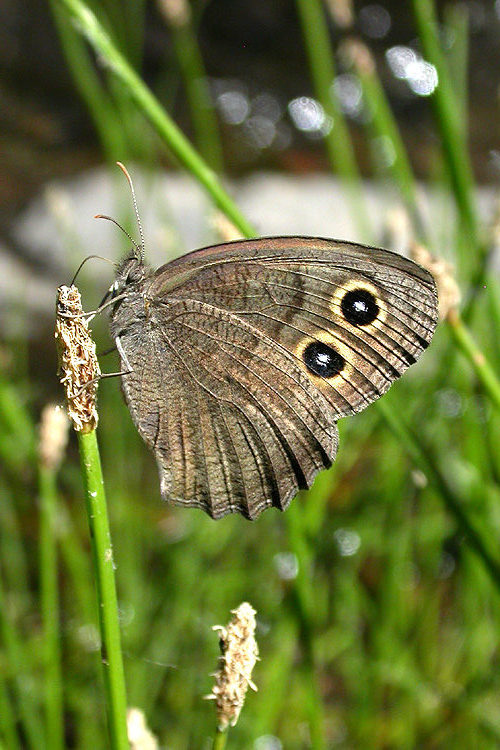I wonder if butterflies might get annoyed by all the poetic language they attract. They’re “tiny rainbows,” “flying flowers,” or “ephemeral angels.” We use them as metaphors for transformation and as symbols of beauty, joy, and immortality.
But what are they really?
My fear is that all the chatter about beautiful butterflies reflecting the sky or brightening our summer days leads us to overlook the astonishing truth of what they’re actually doing out there in the wild and in our backyards.
On your next hike or camping trip in Central or Eastern Oregon, when you see some of the butterflies shown here , consider the remarkable ways in which they, like us, are sensing the world.







